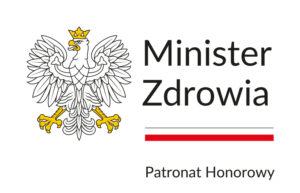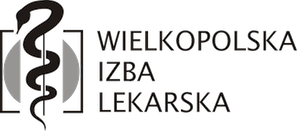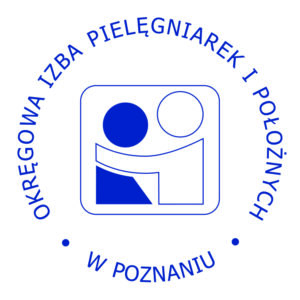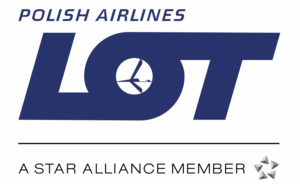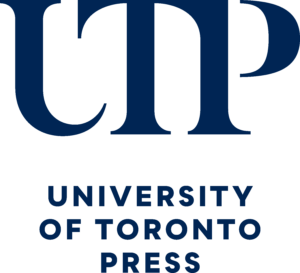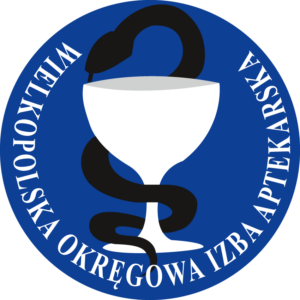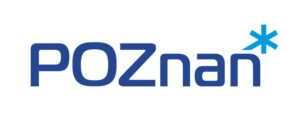Aims and purposes
The continued success of the international and interdisciplinary COMET conference series since 2003, together with the publication of the journal Communication & Medicine since 2004, provide two important grounds for the establishment of such a society.
The COMET Society will increase visibility of this unique community of interdisciplinary scholars and their ‘shared passions’ through a carefully tailored free-access website that maximises dialogue between research, education and healthcare sectors and the wider public. It is co-ordinated by Srikant Sarangi (Danish Institute of Humanities and Medicine (DIHM), Aalborg University (Denmark)). The Health Communication Research Centre (HCRC), Cardiff University (UK) initially acted as the host institution for the Society.
Activities
- the organisation and promotion of COMET conferences;
- the organisation and promotion of workshops, masterclasses, summer schools, special sessions on key themes (e.g., project planning, getting published, curriculum development, public engagement, bibliographical resources etc.);
- encouragement for research students to participate in COMET conferences and related events, for example, through the provision of bursaries;
- the development of online linkage and information/ideas exchange among members, through its website;
- the establishment of collaborative projects with existing networks and associations in the field; and
- further development of the journal Communication & Medicine.
Membership categories
- individual (standard): for individual academics and researchers, healthcare professionals and practitioners;
- individual (student): for registered research students who need to present certification of their current status;
- institutional: for recognised research centres and university/college departments, departments of medicine and healthcare and professional associations; and
- institutional: for publishers and other commercial organisations in the fields of the Society.
Membership fee
On the Communication & Medicine journal website, click the „Subscribe” tab to find information and prices.
Srikant Sarangi
Aalborg University | Denmark
Cardiff University | UK

